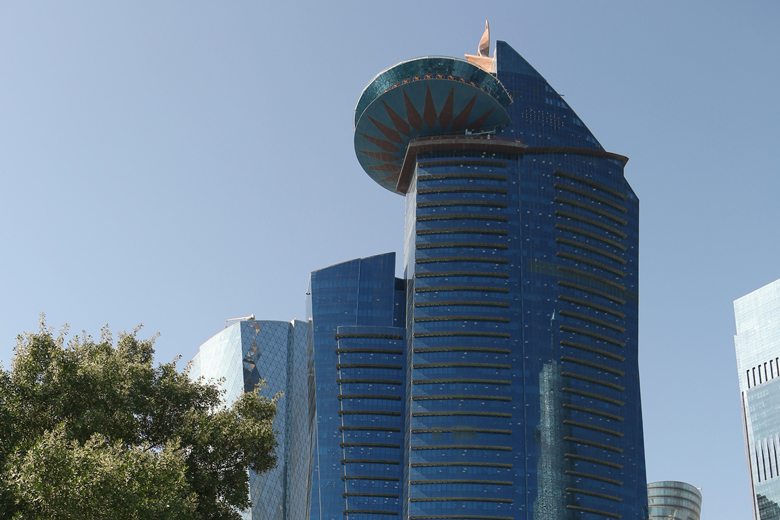

Doha recently announced it was lifting 12-year moratorium on North Field gas development
Qatar Petroleums (QPs) decision to lift the 12-year old self-imposed moratorium on developing its offshore North Field gas asset will boost Qatars economic growth, according to US-based ratings agency Moodys.
It will boost GDP growth and government revenue once it materialises, in 5-7 years, according to Moodys in its latest Investors Services assessment.
Saad Sherida al-Kaabi, the president and CEO of QP, a fully-owned entity of the government of Qatar, announced on 3 April that it was lifting the 2005 moratorium on developing its share of the worlds largest gas field. QP will not carry out studies to assess its potential for further production growth.
Al-Kaabi said that assessments of the North Field have confirmed the potential for developing a new gas project with a capacity of about 2 billion cubic feet a day (cf/d). The project will add about 400,000 barrels of oil equivalent a day (boe/d) to overall production of Qatar, the worlds top exporter of liquefied natural gas (LNG) .
The North Field development is one of the prime factors in establishing Qatar as a leading global LNG market. The field has also spurred on the growth in production of natural gas liquids (NGLs), gas to liquids (GTL).
Although the global market price of LNG has halved since 2015, Moodys is bullish about the postive impact of scrapping the moratorium on Qatars economic growth prospects, stating in its latest report that the increased gas production will benefit Qatars public finances and the governments net asset position. Moodys rates both QP and Qatar at Aa2 negative.
The ratings agency predicts that enhanced production from the North Field will enable the government to sustain higher expenditure and debt levels for the ambitious infrastructure programme it is undertaking in preparation for hosting footballs 2022 World Cup, even in an adverse energy price environment.
Higher export volumes from the North Field will partially offset the revenue impact of structurally lower hydrocarbon prices, the rating agency said, adding that increased production will also lower Qatars fiscal break-even oil price. The IMF has forecasted that Qatars breakeven oil price for 2017-18 will be about $63 a barrel, slightly above Moodys expectation of a medium-term oil price band of $40-$60 a barrel.
Moodys expects the debt ratio of Qatar to peak at 53.6 per cent of GDP in 2016, from just 34.2 per cent of GDP in 2014, and start to decline gradually to around 40 per cent by 2020.
Meanwhile, the accumulation of assets in the countrys sovereign-wealth fund, Qatar Investment Authority will resume from an estimated $300bn, or 191 per cent of 2016 GDP, according to Moodys.
The lifting of the moratorium is also expected to give a boost to oil and gas contractors in the region, which have been significantly impacted by the fall in hydrocarbon prices.
Although Qatar has carried out schemes to develop other oil and gas fields since 2005, the market for new projects over the past decade has been relatively subdued when compared to other GCC countries.
In the years 2004 to 2006, an average of about $10bn a year was awarded in engineering, procurement and construction (EPC) contracts in Qatars oil and gas sector, peaking at $12bn in 2005. This has fallen to an average of about $1bn a year over the past five years.
You might also like...

Lunate acquires 40% stake in Adnoc Oil Pipelines
26 April 2024

Saudi Arabia's Rawabi Holding raises SR1.2bn in sukuk
26 April 2024

Iraq oil project reaches 70% completion
26 April 2024

Samana announces $272m Dubai Lake Views project
26 April 2024
A MEED Subscription...
Subscribe or upgrade your current MEED.com package to support your strategic planning with the MENA region’s best source of business information. Proceed to our online shop below to find out more about the features in each package.




